The Shudder original horror film Daddy’s Head was met with acclaim upon its October 11th release, hailed as a deeply unsettling portrait of the horrors of grief. The horror-centric streamer has developed a reputation for releasing some very worthwhile films under their own name, and Daddy’s Head is the latest in their already strong lineage. The film tells the story of a young boy and his stepmom grieving the loss of their beloved patriarch who become the target of a mysterious shapeshifting entity. It drew attention for its eerie atmosphere, strong performances, and its frightening creature design. After a descent into grief (and monster) fueled mania threatens to destroy this already fractured family, writer/director Benjamin Barfoot delivers a surprisingly hopeful ending.
Daddy’s Head unfolds almost like a dark fairy tale, centering on a young boy named Isaac (Rupert Turnbull), who has just lost his father James (Charles Aitken) in a devastating car accident, after already losing his mother some years prior. James’s new, younger wife Laura (Julia Brown) tries to comfort Isaac, but has a hard time seeing through her own grief, spending her nights in a wine-drunk fog. It’s not long before Isaac is visited by a strange creature who assumes an uncanny approximation of his late dad’s face and tries to lure the grieving boy into the woods and inside a strange geometric wooden structure. Convinced his dad has returned in a new form, Isaac nearly gets drawn into whatever plans the creature has for him.
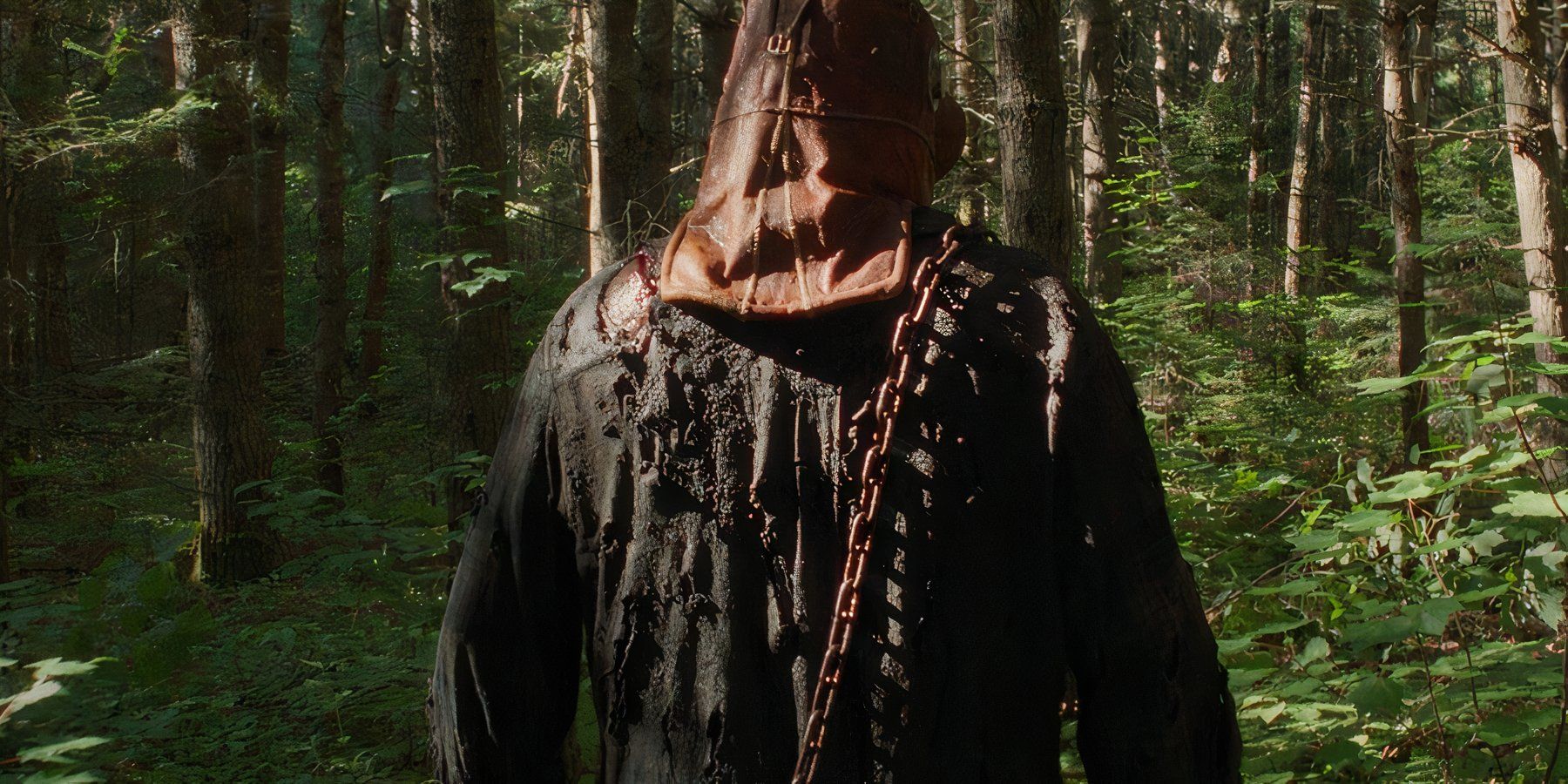
Related
This Slasher With A Fresh Twist On The Genre Is Now On Shudder
Slashers are some of the most popular kinds of horror movies, and this memorable 2024 film with a new twist is streaming on Shudder.
Daddy’s Head’s Climax
At the climax of Daddy’s Head, Laura has been pushed to the brink after the family dog turns up dead and her helpful friend Robert (Nathaniel Martello-White) is attacked and nearly killed when Isaac lures him to the creature’s lair. Finally deciding she can’t be the mother that Isaac needs, she decides to relinquish custody of the boy. Shortly after, the creature infiltrates Isaac’s room, when Laura catches it in the act and is briefly knocked unconscious as the creature slams the door shut.
Isaac then finally sees the monster for what it is, and cries out to Laura for help. Recovering from her head injury, Laura stumbles into Isaac’s room and, finding a kitchen knife that had gone missing earlier in the film, stabs the monster repeatedly, causing it to flee. The scene culminates with Isaac screaming Laura’s name as she stares blankly ahead in shock.
Daddy’s Head’s Moving Coda
Rather than show audiences the direct aftermath of the attack, Barfoot instead shifts the action completely, as a young man (James Harper-Jones) sits in the remains of Isaac’s childhood bedroom, staring at the air duct where he encountered the creature. Next, the young man walks through the woods near the house, finding the dilapidated ruins of the creature’s lair, and finally goes inside. In the inner chamber, he finds a picture of Isaac’s father and a strange, faceless skeleton belonging to the creature, who apparently died from its injuries. He studies the blank space where a face should be, then leaves. Finally, he goes back inside and knocks on his mother’s bedroom door, asking if he can come in. As his mom stirs awake, the audience sees that it is a slightly older version of Laura, implying that the young man we’ve been following is in fact Isaac, and the two stuck together after their disturbing ordeal.
For a movie that deals in such frightening, surreal imagery and heavy subject matter, this final scene is a surprisingly hopeful and even upbeat coda for the story. It implies that Isaac and Laura bonded through their terrifying experience, and Laura was able to find the deep wells of strength that she needed to save Isaac and also step up and be his mother. Rather than be torn apart by the entity taking advantage of his grief, Isaac seems to have grown into a young man who carries the scars of his experience, but doesn’t let it destroy or define him. The significance of the creature’s skeleton fits into the film’s larger ruminations on grief. It never truly goes away, but over time, its influence over a person’s life can diminish. It allows Isaac to see the monster for what it truly was: not his father, as he may have hoped, but a faceless creature that tried to adopt his visage for its own ends.
Barfoot leaves much of Daddy’s Head open to interpretation. The monster’s true intentions for Isaac are never fully revealed, and the impact of the experience on Isaac’s life going forward is only hinted at. Through its quiet, hopeful denouement, the film implies that while grief and loss are inevitable, everyone has the capacity to choose how they will move forward from that experience. Will they let it define them, or will they integrate it and move on?
After such a relentlessly dark and frightening film, ending the story with a ray of hope was a smart idea from Barfoot. Plenty of horror stories have explored the subject of grief in recent years, and many of them, like Hereditary or Pet Sematary, see their characters consumed by it. Daddy’s Head manages to set itself apart by choosing a different path, where grief can unite as much as divide.
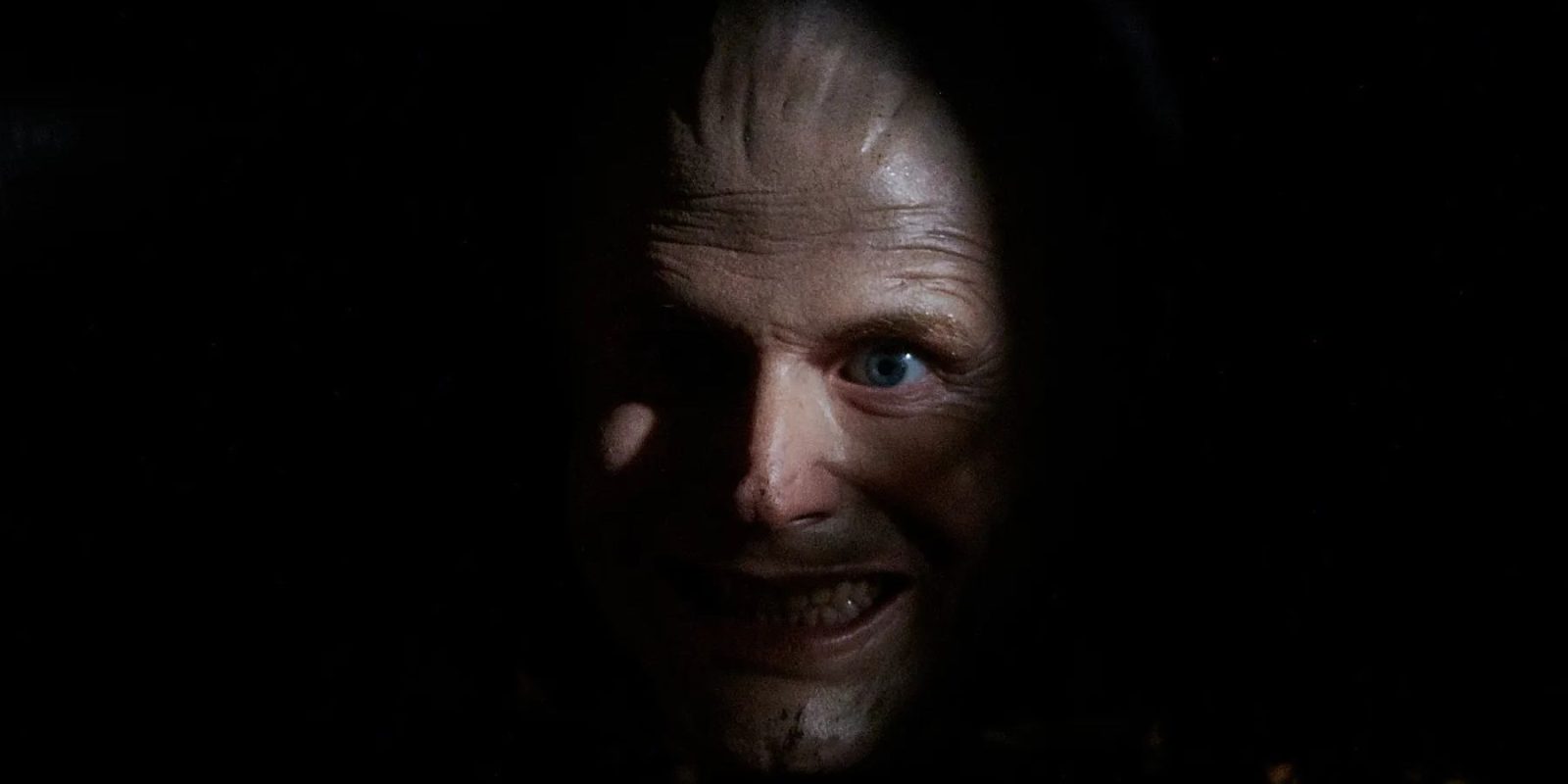
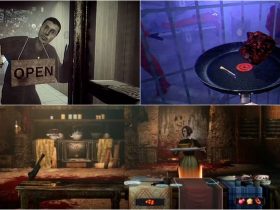
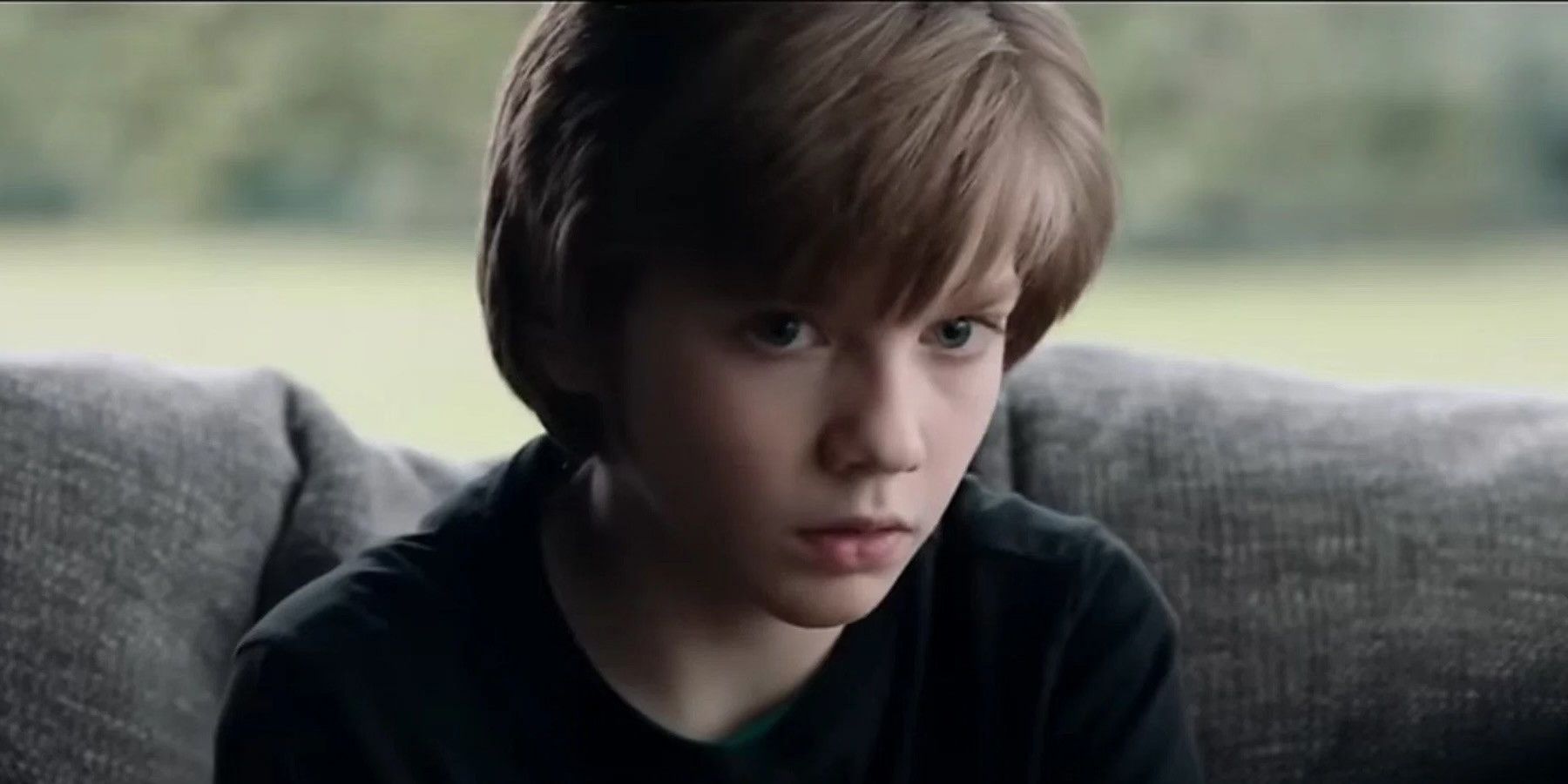
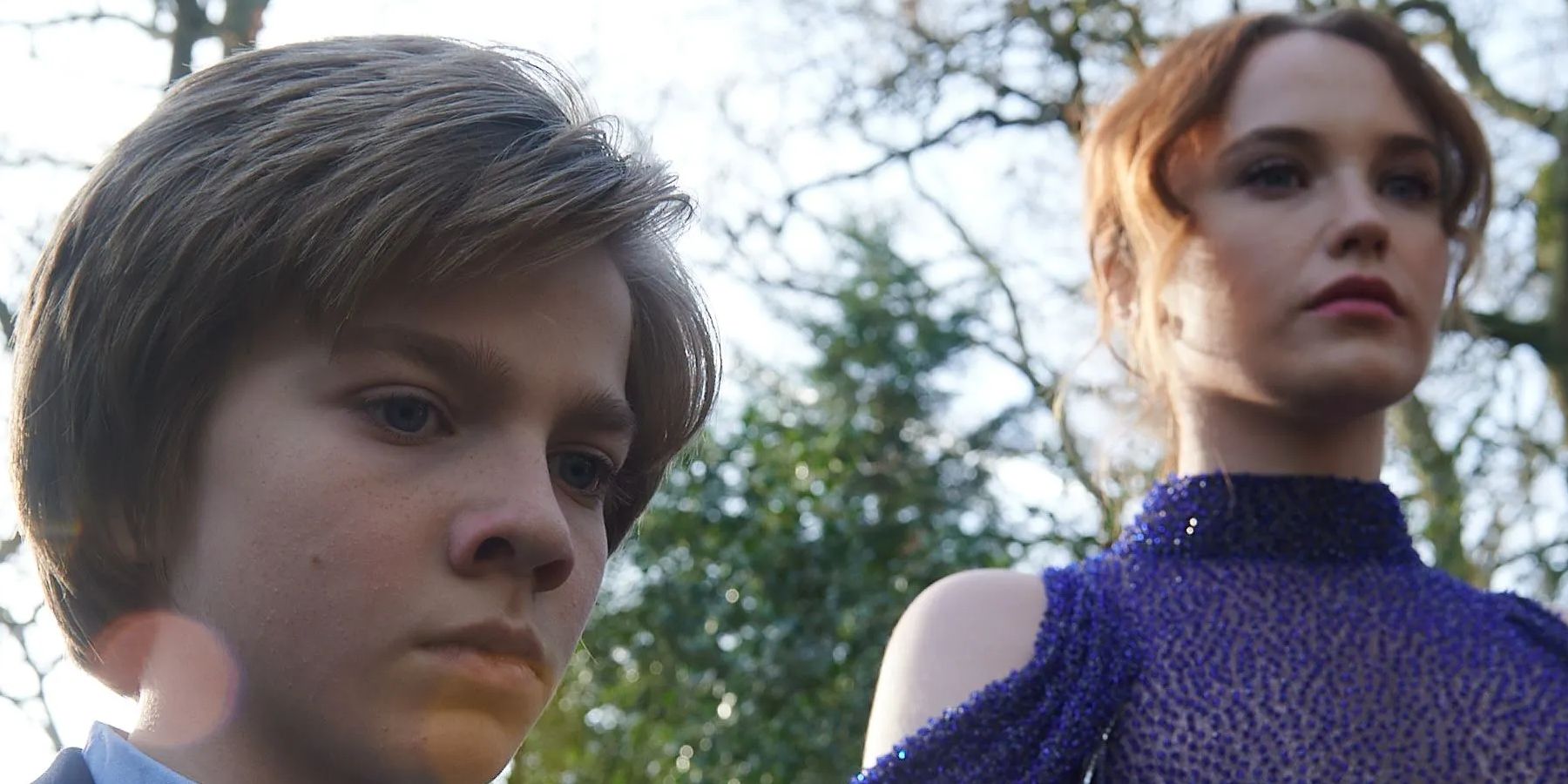



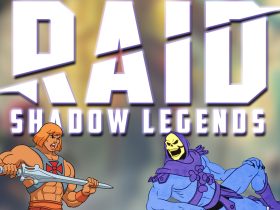
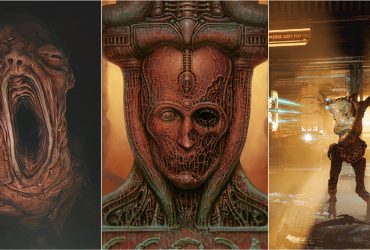


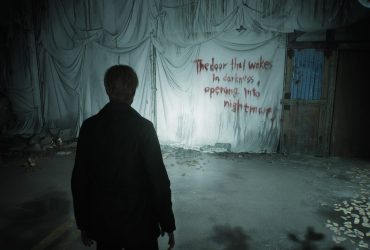
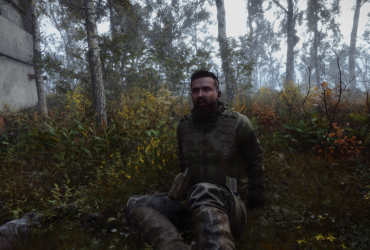

Leave a Reply